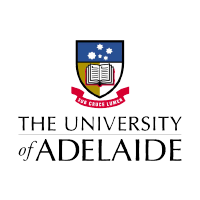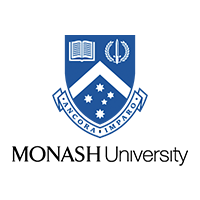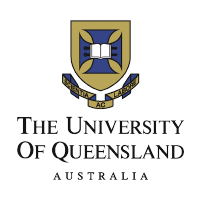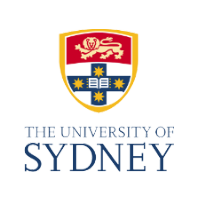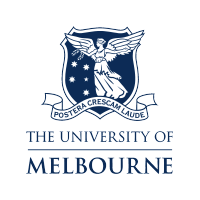By becoming a biostatistician, you will be helping to address the national shortage of people qualified to analyse and interpret health data. You can enjoy a career in medical and epidemiological research, the pharmaceutical or biotechnology industry, or in Government departments and agencies. You will design, manage, analyse and interpret data that underpins health and medical research.
| The value of our health and medical research investment is at risk unless we foster the discipline of biostatistics. Importantly, biostatistics, as a subdiscipline of statistics (arguably, the original “data science”), is an established scientific discipline of its own and is not simply a toolkit of techniques that need to be used correctly. Sound biostatistical work requires not only an understanding of mathematics, probability and sources of bias, which underpin statistical theory and methods, but also (and increasingly) extensive technical skills, including computing. In‐depth training is needed to develop these skills along with the understanding required to conceptualise problems and navigate the tricky waters between real‐world health questions and complex techniques. Biostatistics: a fundamental discipline at the core of modern health data science – Medical Journal Australia, 28 October 2019 |
A fulfilling job
And it’s not what you might think… Life as a statistician is not just about the numbers. It is about crafting a story and being involved in collaborations that aim to improve the health of people.
The image of a statistician toiling away in obscurity behind a computer after being handed a pile of data could not be farther from the truth. Almost every biostatistician plays a crucial role in a team of researchers…
Analyse This, Nature article, 2004 (or view a PDF)
.. with data in huge supply and good statisticians in short supply, being a statistician has to be ‘the really sexy job for the 2010s.
Presentation by Hal Varian – Chief Economist, Google YouTube, 2008
Skills shortage
There is an ongoing shortage of highly skilled biostatisticians in Australia and internationally. Our program of postgraduate courses aims to fill a serious gap between current programs in public health and epidemiology (which train users of biostatistical methods, not professional biostatisticians), and general statistics courses (which do not cater to the increasingly diverse and specialised needs of health research).
Biostatistical practice is not all black and white. Biostatisticians are involved in challenging the status quo, and formulating new ideas on the best way to analyse and present data. One of the current debates is around the use of the p-value, or statistical significance. Many articles have been written on this topic, recently a 2018 series in The American Statistician, with comments also in Nature.
Biostatistician listed as one of the top 25 Emerging occupations identified by the National Skills Commission: Where to look for job opportunities in 2021 after a year of record unemployment – ABC News 2 Jan 2021
There is a replicability crisis in science – unidentified “false positives” are pervading even our top research journals...
One reason so many scientific studies may be wrong – The Conversation 6 Oct 2016
The ASA saw misunderstanding and misuse of statistical significance as a factor in the rise in concern about the credibility of many scientific claims (sometimes called the “reproducibility crisis”) and is hoping that its official statement on the matter will help set scientists on the right course.
Aligning statistical and scientific reasoning – Science, 3 June 2016
Misuse of the P value — a common test for judging the strength of scientific evidence — is contributing to the number of research findings that cannot be reproduced, the American Statistical Association (ASA) warns in a statement released today…
Statisticians issue warning over misues of P values – Nature, 7 March 2016
The “difference in differences” statistical errors are appearing throughout the most prestigious journals in neuroscience…
The statistical error that keeps on coming – The Guardian, 10 Sept 2011 (view PDF)
The dream job
In 2016, Fortune listed a Master’s of Biostatistics as the number one graduate degree, with job growth of 23% by 2024. See Best And Worst Graduate Degrees For Jobs in 2016 and The Best And Worst Master’s Degrees For Jobs In 2016 by Forbes (with Masters of Statistics second best). Although they are US statistics, the results are still meaningful for Australian students and working professionals.
Finding job opportunities
In addition to normal job sites, Biostatistician and Data Analyst positions can be found via the following:
The Statistical Society of Australia Careers Centre and Jobs and Scholarships Forum.
The Australian Bureau of Statistics Careers page
The Australian Government Department of Health and Aged Care Externally Advertised Vacancies
